Manage your document processes with DocHub's effective Domestic violence restraining Order Forms collection. Track changes, collaborate with team members, and safely save all your documents in one place.

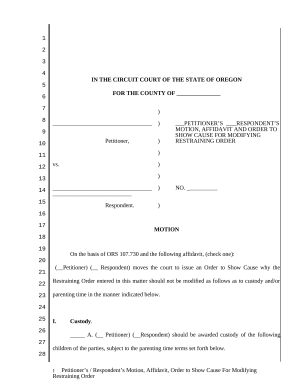

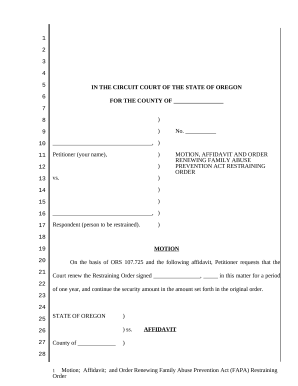


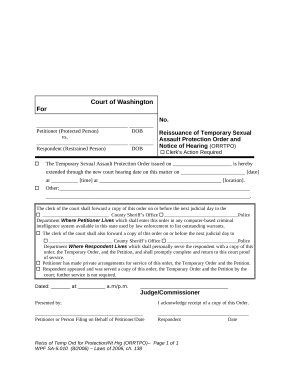
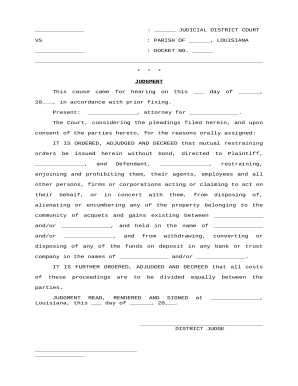
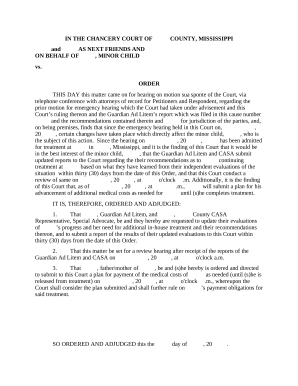
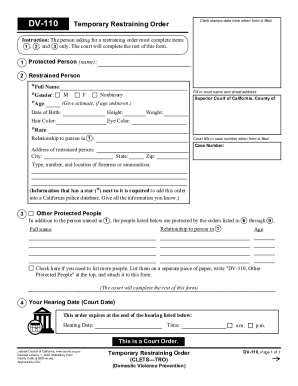
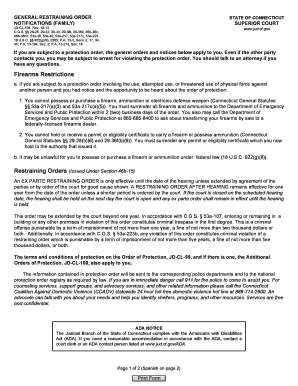
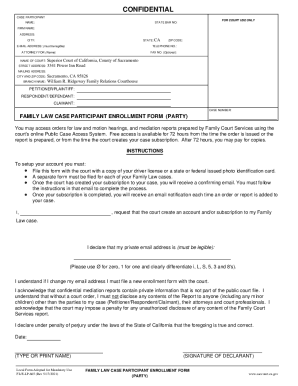
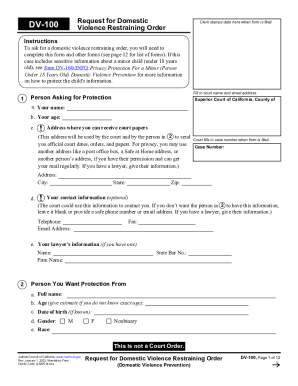

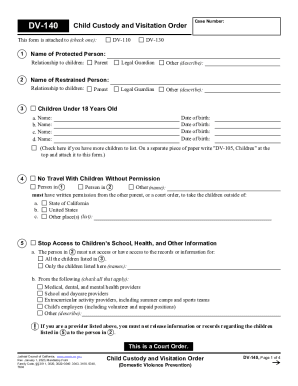
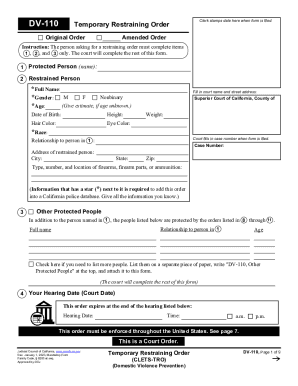
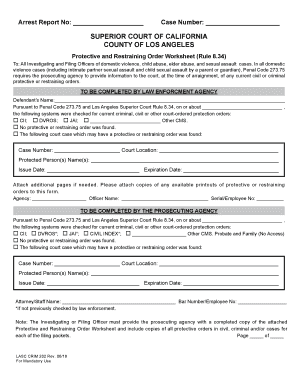

Document managing can stress you when you can’t discover all of the forms you require. Fortunately, with DocHub's substantial form collection, you can get all you need and easily deal with it without switching among apps. Get our Domestic violence restraining Order Forms and begin utilizing them.
The best way to manage our Domestic violence restraining Order Forms using these easy steps:
Try out DocHub and browse our Domestic violence restraining Order Forms category with ease. Get your free profile right now!